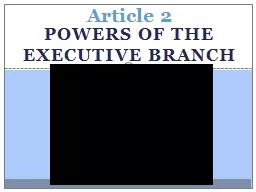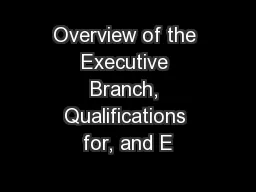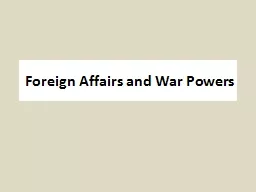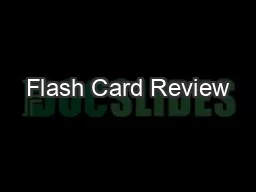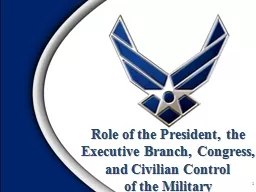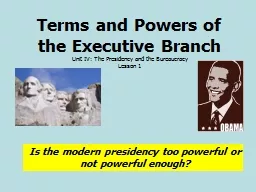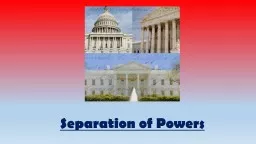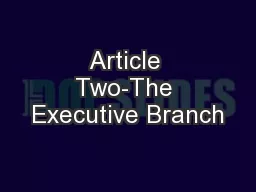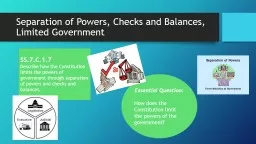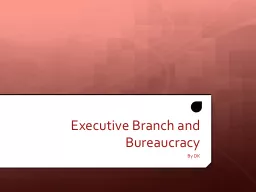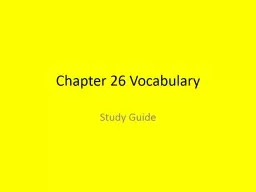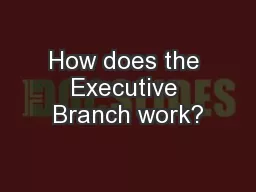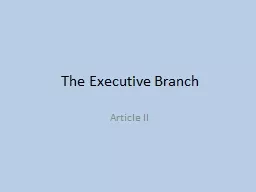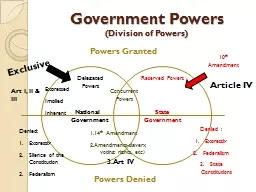PPT-Powers of the executive branch
Author : karlyn-bohler | Published Date : 2018-03-16
Article 2 1 What does the President do Work Together Write a description list of what the President does is in charge of Share your ideas in groups of 3 Each
Presentation Embed Code
Download Presentation
Download Presentation The PPT/PDF document "Powers of the executive branch" is the property of its rightful owner. Permission is granted to download and print the materials on this website for personal, non-commercial use only, and to display it on your personal computer provided you do not modify the materials and that you retain all copyright notices contained in the materials. By downloading content from our website, you accept the terms of this agreement.
Powers of the executive branch: Transcript
Download Rules Of Document
"Powers of the executive branch"The content belongs to its owner. You may download and print it for personal use, without modification, and keep all copyright notices. By downloading, you agree to these terms.
Related Documents

